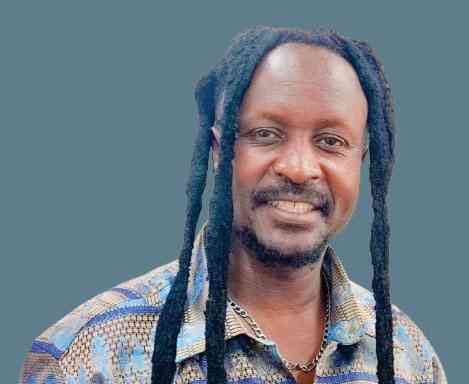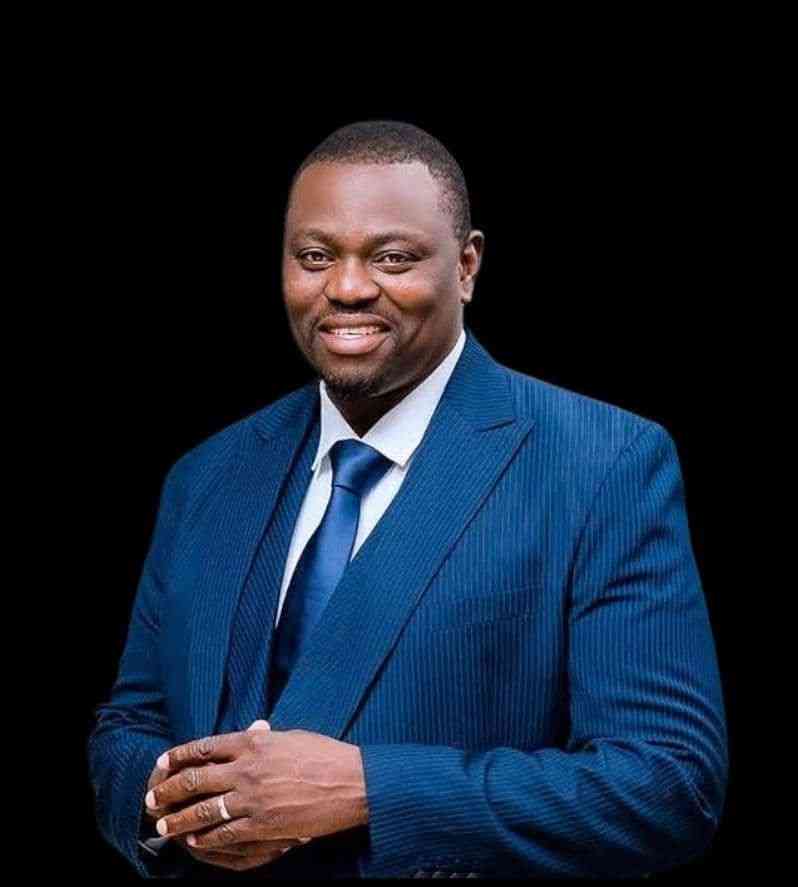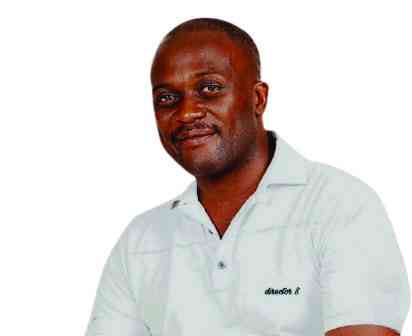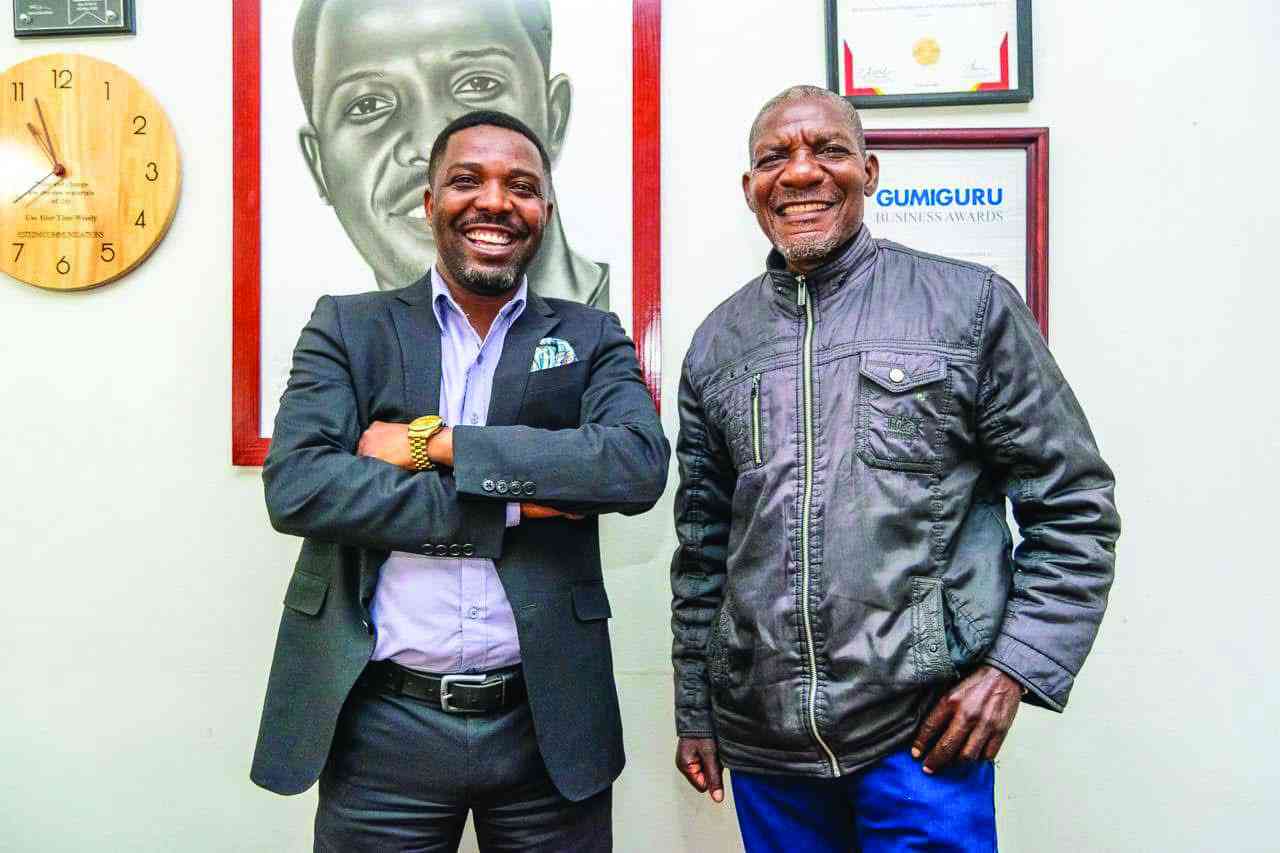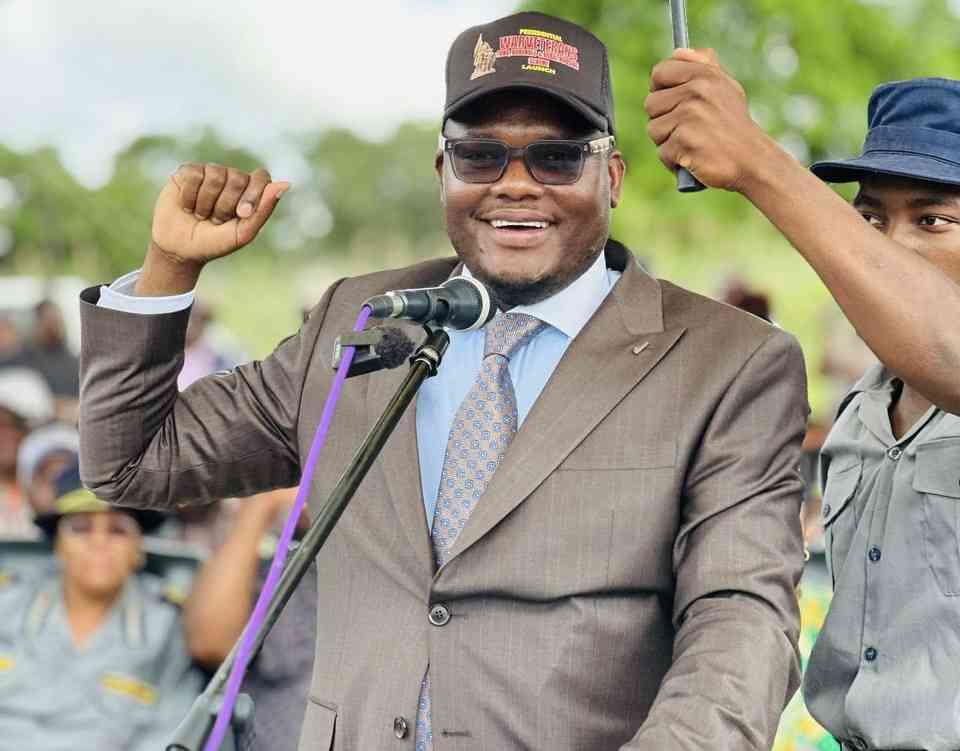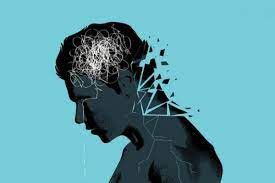
Every October, the world turns pink. Ribbons, T-shirts, and banners remind us of the ongoing fight against breast cancer.
But beneath the bright colour lies a deeper conversation one that goes beyond women, beyond illness, and into the heart of our shared humanity.
In recent years, awareness around men’s mental health and suicide has intensified, highlighting a quiet epidemic of emotional pain.
When placed alongside the global push for breast-cancer awareness, a surprising connection emerges: both issues suffer from stigma, silence, and a desperate need for creative communication that speaks to everyone.
Men’s mental health remains one of the most under-discussed health crises worldwide.
According to global reports, men account for nearly three-quarters of all suicides, yet are far less likely to seek professional help.
Cultural ideas of masculinity “be strong, don’t show weakness” keep many men suffering in silence.
Breast cancer, meanwhile, is often viewed solely as a women’s disease, yet men, too, can be affected.
- Addressing unfair trade key to transforming African food systems
- Athletics team buzzing after Mauritius heroics
- Urgent economic structural transformation necessary
- South Korea and US fire missiles in warning to North Korea
Keep Reading
Every year, thousands of men worldwide are diagnosed with breast cancer, and many more play vital roles as caregivers, partners, and supporters.
The shared thread is emotional strain and unspoken vulnerability.
Linking these two worlds mental health and cancer awareness invites a broader reflection: how do we talk about pain, fear, and resilience?
And how can creativity make those conversations possible?
From London to Lagos, new campaigns are showing that art, storytelling, and humour can break through the walls that statistics cannot.
In the UK, the Campaign Against Living Miserably (CALM) launched #ChangeThePicture, replacing cheerful social-media photos of men with the revelation that those same men had died by suicide. The stark contrast forced the public to confront how appearances can hide despair.
Another global initiative, Movember, began as a light-hearted moustache movement but grew into one of the largest men’s health campaigns in the world, funding mental-health and suicide-prevention programmes. Their short films, where men speak candidly about loss and recovery, remind audiences that vulnerability is a form of strength.
Meanwhile, breast-cancer awareness campaigns are evolving, too. Singapore’s #ImOnYourTeam campaign invites men to encourage the women in their lives to get screened, while Argentina’s provocative ManBoobs4Boobs video used male chests to demonstrate self-examination circumventing censorship rules while playfully asserting that men have a role to play in awareness. Each of these campaigns uses creativity humour, shock, empathy to make health personal and relatable.
Across Africa, innovative health activism is thriving, rooted in community and culture. In Ghana, the Men in Arms Against Breast Cancer (MIAA) initiative trains men to help their partners detect breast irregularities and support early treatment.
The programme’s success lies in its simplicity: it reframes men not as distant observers but as active participants in care.
Kenya took a different route, using humour and advertising genius. The poultry supplier Kenchic placed billboards of a dressed chicken wearing a pink bra with the caption, Early Detection Saves Lives. The image sparked laughter but also dialogue in public transport, markets, and workplaces. By using humour, a taboo topic became dinner-table conversation.
These creative approaches work because they are culturally attuned. In societies where men’s emotions or women’s bodies are difficult topics, art, laughter, and storytelling provide safer entry points for conversation.
Cancer is not only a physical illness it’s a deeply emotional one. When someone receives a diagnosis, the shock, fear, and uncertainty ripple through entire families. Men, often socialised to be stoic supporters, can internalise that stress, leading to depression, anxiety, or substance abuse. As Bulawayo-based psychologist Lindiwe Mpofu explains, “We treat the body and forget the mind. But a man who supports a loved one through breast cancer without emotional help is also at risk. Health must mean wholeness.”
Integrating mental-health education into cancer-awareness work therefore makes perfect sense. A campaign that encourages men to help their partners get screened can also invite them to check in with themselves emotionally. This dual approach normalises care both physical and mental as acts of courage, not weakness.
Public-health specialists now advocate for a simple, memorable strategy known as the 3M Framework, designed to build lasting awareness campaigns: Mobilise, Make Visible, and Maintain Momentum. Communities can be mobilised by bringing men into the conversation—imagine a local pledge card reading, “I asked her about her breast health. I asked myself how I’m feeling.” Sports clubs, churches, and workplaces can distribute these cards, turning awareness into action. Visibility can be achieved through relatable storytelling—posters featuring fathers and daughters with the words, “We talk. We check. We care.” A social-media challenge, where men share short clips saying, “I’m on your team,” could encourage friendly peer participation. Maintaining momentum means ensuring October’s “Pink Month” becomes a year-round culture of care, where peer champions lead discussions and community radio shares personal stories. Over time, health becomes habit.
Beyond posters and pledges, the creative arts themselves are powerful tools for healing. In Nigeria, rapper Falz released songs about depression and suicide, sparking online conversations about emotional honesty.
In South Africa, community theatre groups perform plays about male caregivers navigating grief and fear.
Zimbabwe, too, has the potential to lead with its artistic voice. Local painters, poets, and musicians could transform breast-cancer and mental-health messages into performances, exhibitions, and songs.
Imagine a spoken-word event called Strong Enough to Feel, or a music festival named Healing Hands. Art, after all, doesn’t lecture it connects. As media researcher Bhekani Ncube notes, “Art makes health human. A man may ignore a clinic poster, but he will remember a song that tells his story.”
When men’s mental health, suicide awareness, and breast-cancer campaigns converge, something powerful happens: isolation turns into connection. Men begin to see that caring about themselves and others is not unmanly, but necessary.
Women see that their partners’ emotional presence strengthens their healing. Communities begin to view health not as a private battle but as a shared journey.
Governments and NGOs can nurture this shift by funding integrated health programmes that address both mind and body. Schools can teach empathy and awareness. The media can replace stereotypes with real stories of courage and compassion.
Imagine an October where pink ribbons intertwine with blue bands; where football teams host Check & Chat matches, and where every radio host ends their show with the reminder: “Check your body. Check your mind.”
This is not wishful thinking it’s already happening in different corners of the world. From London’s emotional storytelling to Ghana’s grassroots training to Kenya’s playful billboards, creative activism is redefining what health awareness means.
The message is clear: silence saves no one.
Talking, checking, sharing, and caring these are the real acts of strength. In embracing creativity, we do more than raise awareness; we rebuild connection, compassion, and hope.
Because in the end, whether it’s a breast lump or a heavy heart, early detection and honest conversation can save a life.
- Raymond Millagre Langa is a Zimbabwean multidisciplinary artist, poet, and cultural activist whose work blends creative expression with social consciousness and development advocacy. He is the founder of Indebo Trust, an organisation dedicated to empowering communities through arts, education, and cultural innovation, using creativity as a tool for healing, dialogue, and sustainable development.

